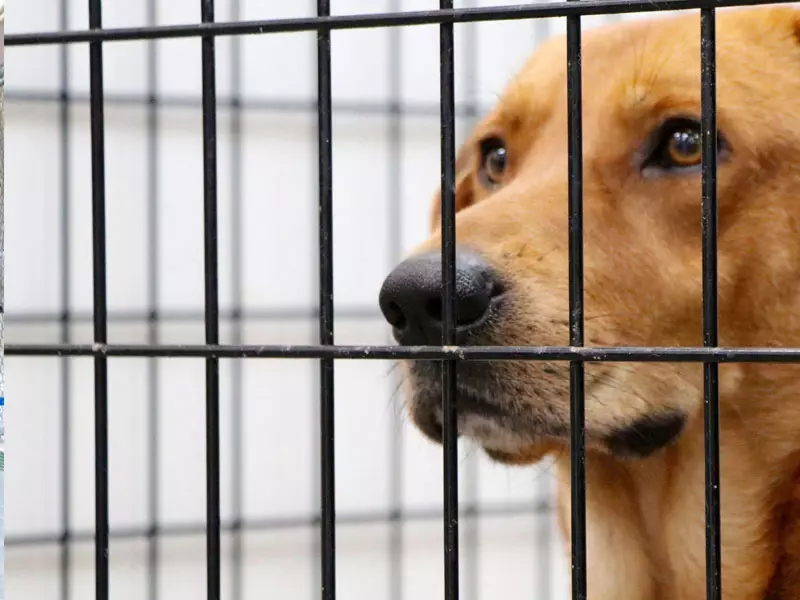Animal Shelter Construction
Animal shelters are special structures designed to protect animals and provide them with a safe home. Such shelters play an important role in improving the quality of life of stray animals or adopted pets. The construction of animal shelters should be carried out by taking into consideration both the welfare of animals and public health.
What are Animal Shelters?
Animal shelters are special facilities created to protect, feed and care for stray animals or adopted pets. These shelters aim to ensure that animals live in a safe environment, their basic needs are met and their health is protected. Animal shelters are usually run by municipalities, animal protection associations or voluntary organizations.
Requirements for Building an Animal Shelter
Animal shelter construction is a process that requires careful planning and implementation. To create a successful animal shelter, it is important to consider the following elements:
- Location Selection: The location of the shelter is important in terms of animal safety, accessibility and environmental factors. An ideal place should be in an area that is quiet, away from noise and where animals can move freely.
- Infrastructure: The basic infrastructure of the shelter is critical to ensuring the welfare of the animals. In this context, elements such as water, electricity, heating/cooling systems, waste management and cleaning facilities should be taken into consideration.
- Building Design: The architectural design of the animal shelter should suit the needs of the animals. Lighting, ventilation, insulation, accommodation areas and security features should be carefully planned.
- Personnel and Management: A sufficient number of trained personnel and an effective management system are required for the effective operation of the shelter. It is important that staff are competent in animal care, health, training and adoption.
- Financial Resources: Adequate financial resources must be provided for the establishment, operation and sustainability of the animal shelter. This includes the budget necessary to meet the shelter's needs.
- Legal and Regulatory Framework: Animal shelter must be designed and operated in accordance with relevant local and national legislation. Animal welfare, environmental protection and health standards must be taken into account.
- Community Support: For an animal shelter to be successful, community support and involvement is important. Volunteer work, donations and awareness activities contribute to the sustainability of the shelter.
Careful planning and implementation of all these elements is critical to creating an effective and sustainable animal sanctuary.
Materials Used in Animal Shelter Construction
Materials used in animal shelter construction should be selected to consider the welfare, safety and health of the animals. Below are the main materials typically used:
Construction materials:
- Durable building materials such as steel, concrete or wood
- Insulation materials (heat, sound, moisture)
- Door and window systems
Floor Coverings:
- Easy-to-clean, non-slip and shock-absorbing floors (e.g. rubber or padded floors)
- Materials that can be easily disinfected (for example, ceramic or epoxy coatings)
Housing Areas:
- Individual or group accommodation sections
- Beds, nests and scratching areas
- Play and activity areas
Nutrition and Water Systems:
- Stainless steel or unbreakable plastic water and feed containers
- Automatic feeding and irrigation systems
Cleaning and Hygiene Products:
- Disinfectants, cleaning supplies
- Waste management systems (trash bins, waste collection)
Lighting and Ventilation:
- Energy efficient lighting systems
- Natural or mechanical ventilation equipment
Safety Equipment:
- Fence, gate and protection systems
- Camera and alarm systems
Medical and Care Supplies:
- Veterinary equipment (medicines, consumables)
- Special areas and equipment for sick/injured animals
In selecting all these materials, it is very important to consider the welfare, safety, health and comfort of the animals. Additionally, environmentally friendly, durable and easy-to-maintain features should also be taken into account.
Animal shelters play a vital role in improving the quality of life of stray animals and adopted pets. Creating an effective animal shelter requires comprehensive planning, correct material selection and effective management.
Animal shelter construction is important for both animal welfare and public health. Meeting the basic needs of animals, protecting their health and offering adoption opportunities are the main goals of shelters.
Establishing a successful animal shelter contributes to the creation of a sustainable animal care system. In this way, the quality of life of stray animals and adopted pets can be improved and public health can be protected.
If you would like to learn more about creating or supporting an animal shelter, please contact us. Our experts on animal welfare and public health






